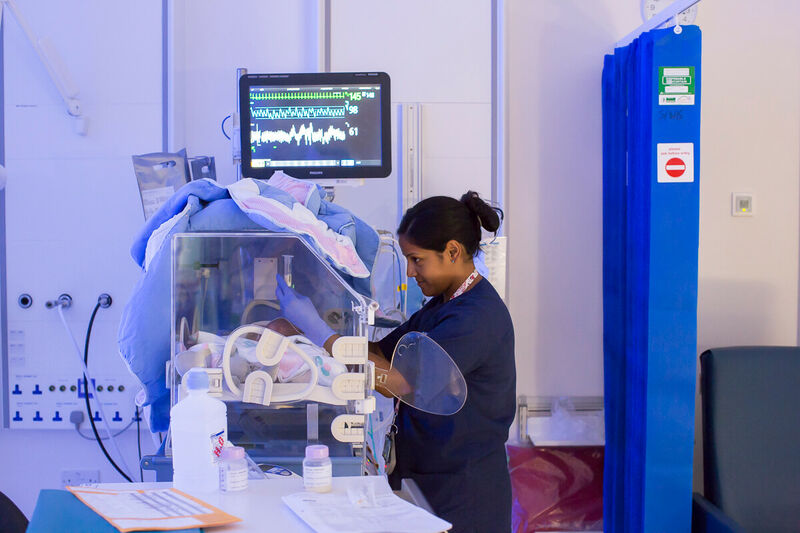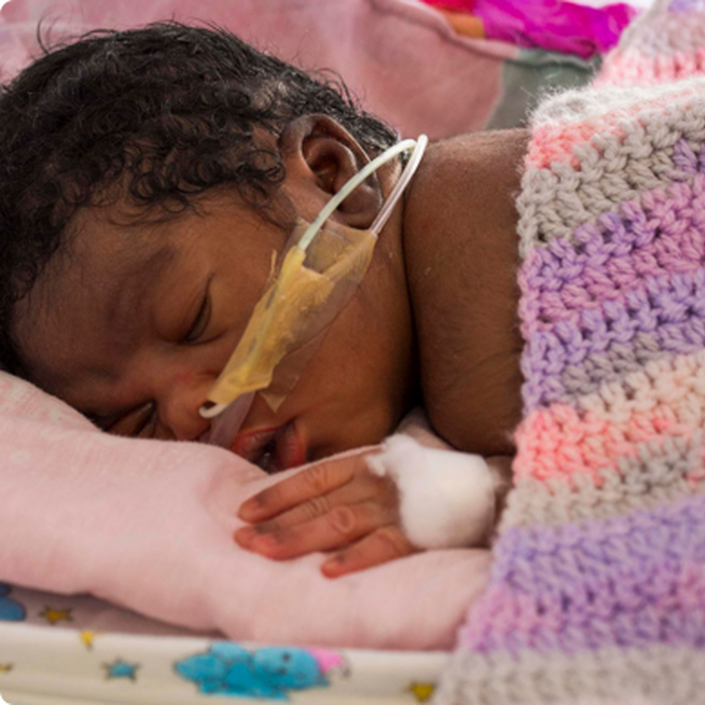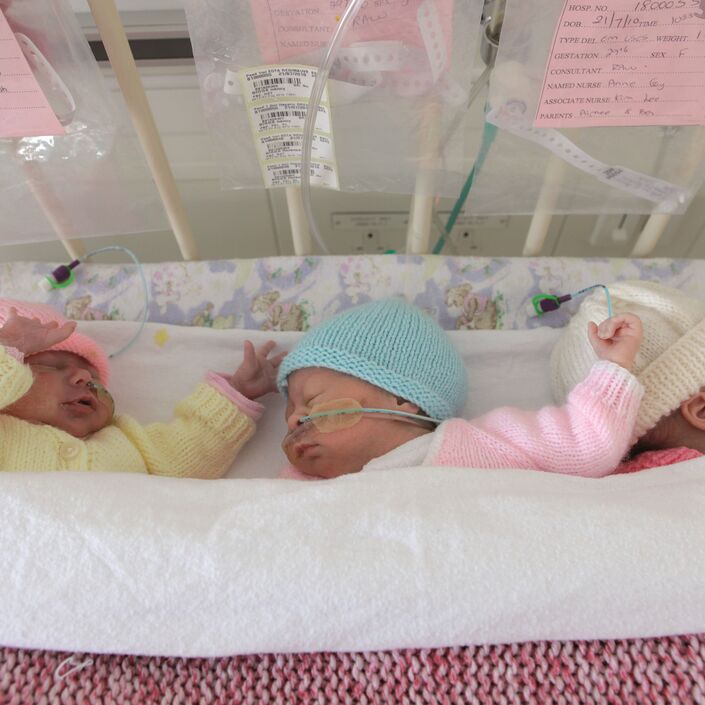What is neonatal care?
Neonatal care is a type of hospital care for newborn babies.
Read about neonatal care, including the different levels of care and equipment on the unit.
How many babies receive neonatal care?
Every year, over 90,000 babies are cared for in neonatal units in the UK because they have either been born prematurely (before 37 weeks of pregnancy), or full term (after 37 weeks) but sick.
This means that around 1 in 7 babies born in the UK are admitted to a neonatal unit each year.
How many babies are admitted to neonatal care each year in England, Scotland and Wales?
Below is a table showing the number of babies admitted to a neonatal unit overall in 2016, and how many of these were born at different gestations (point of pregnancy).
The majority of babies who receive neonatal care are born full term. And in 2016, of the 100,762 babies who received neonatal care in England, Scotland and Wales, only 1.2 per cent were born before 25 weeks.






